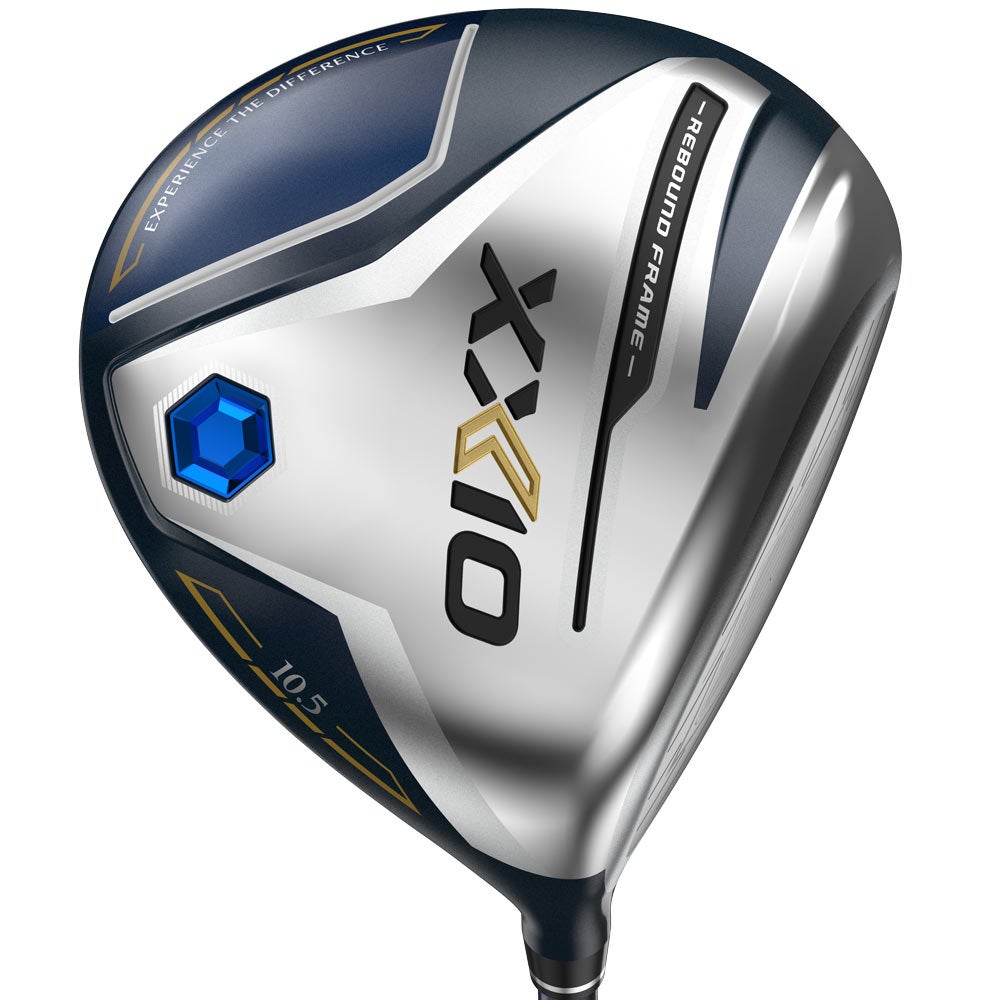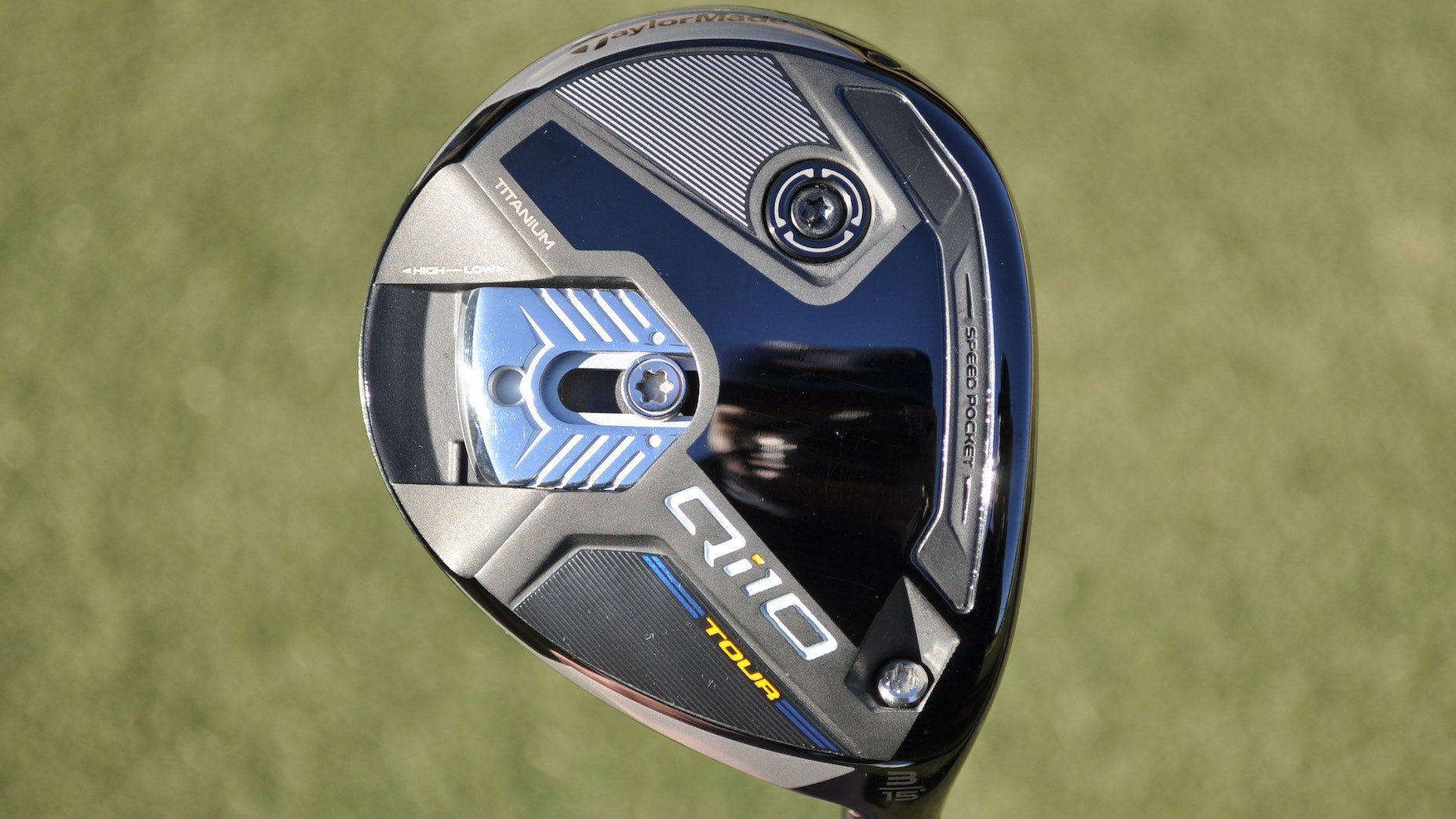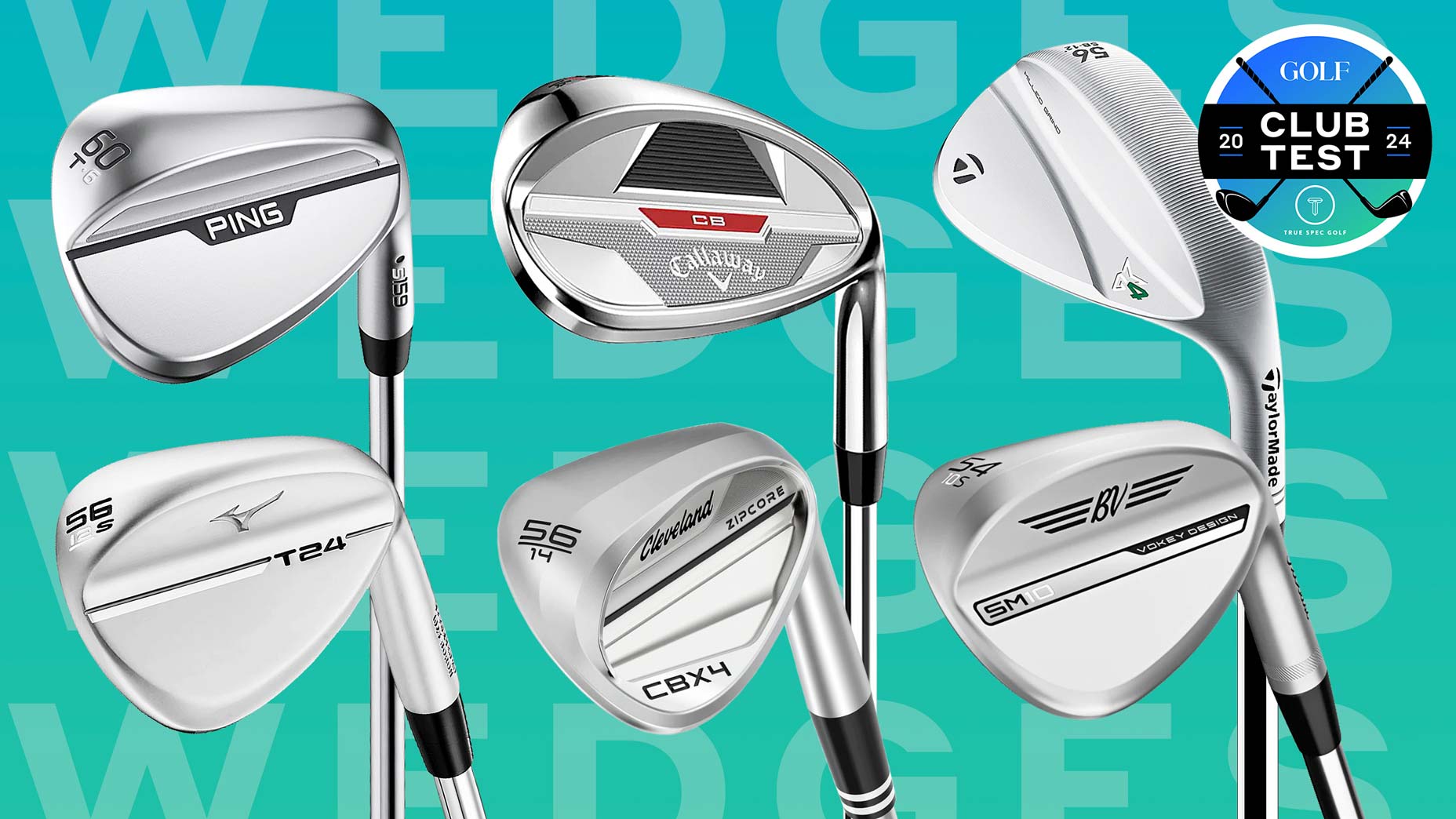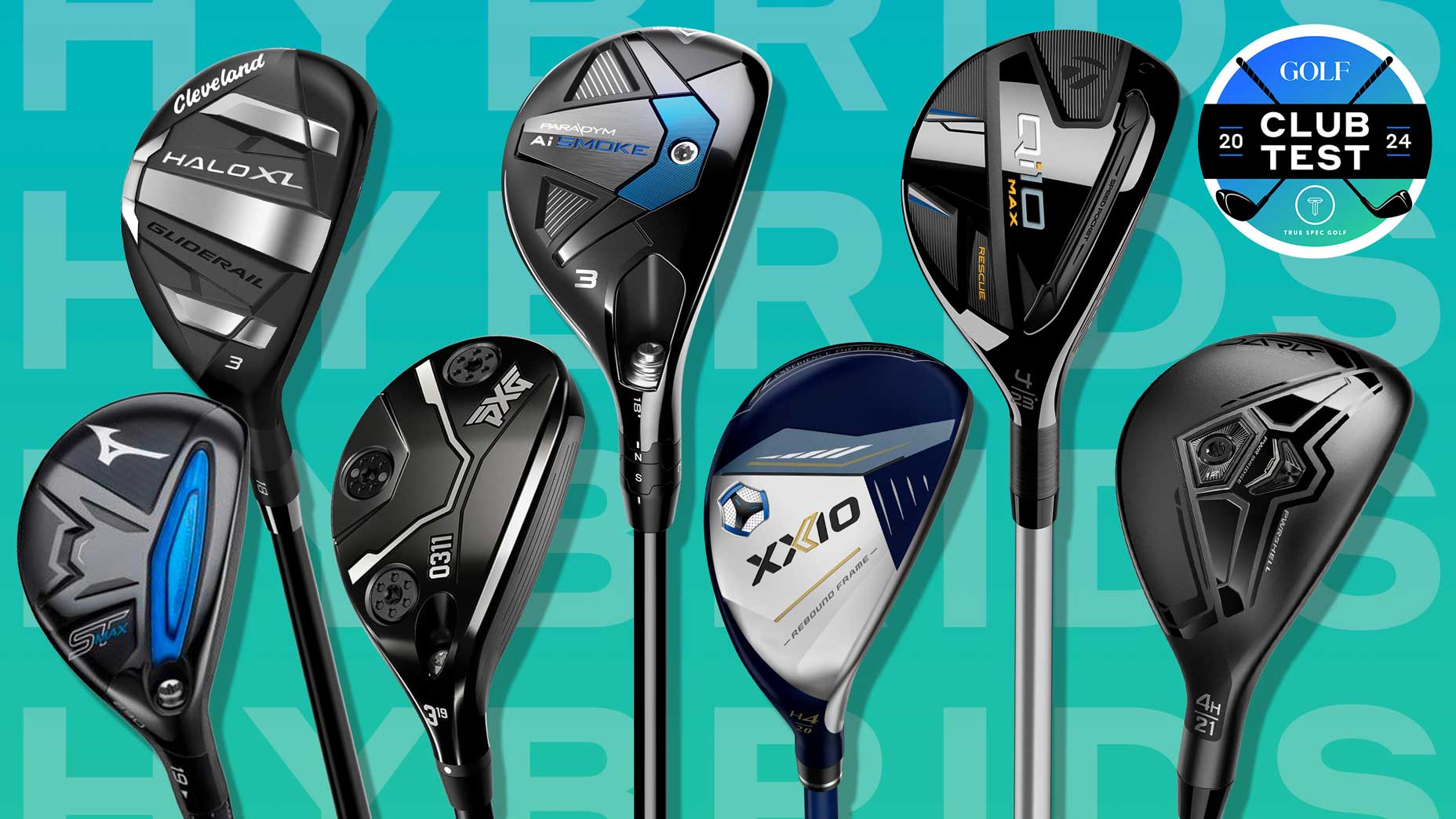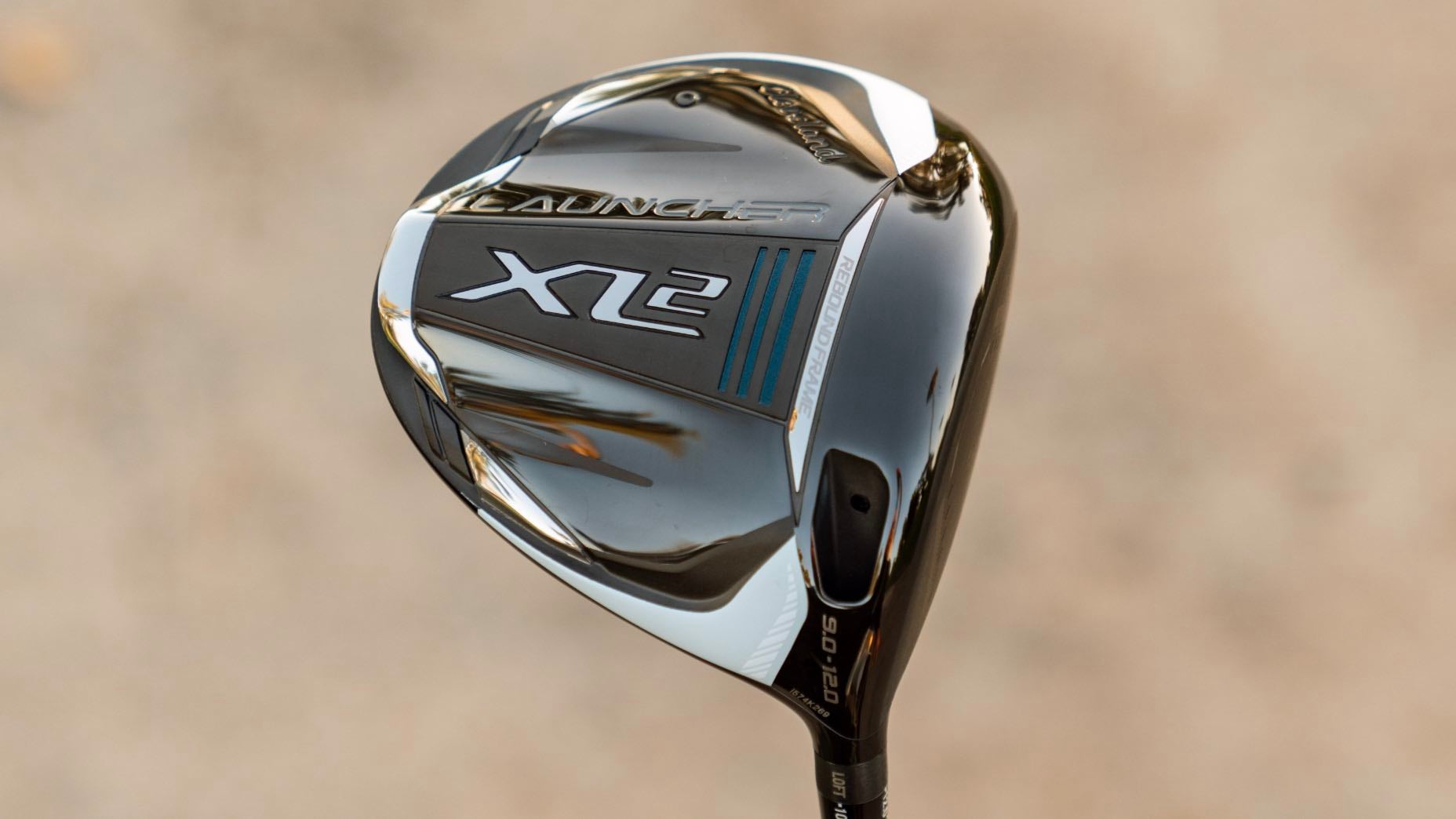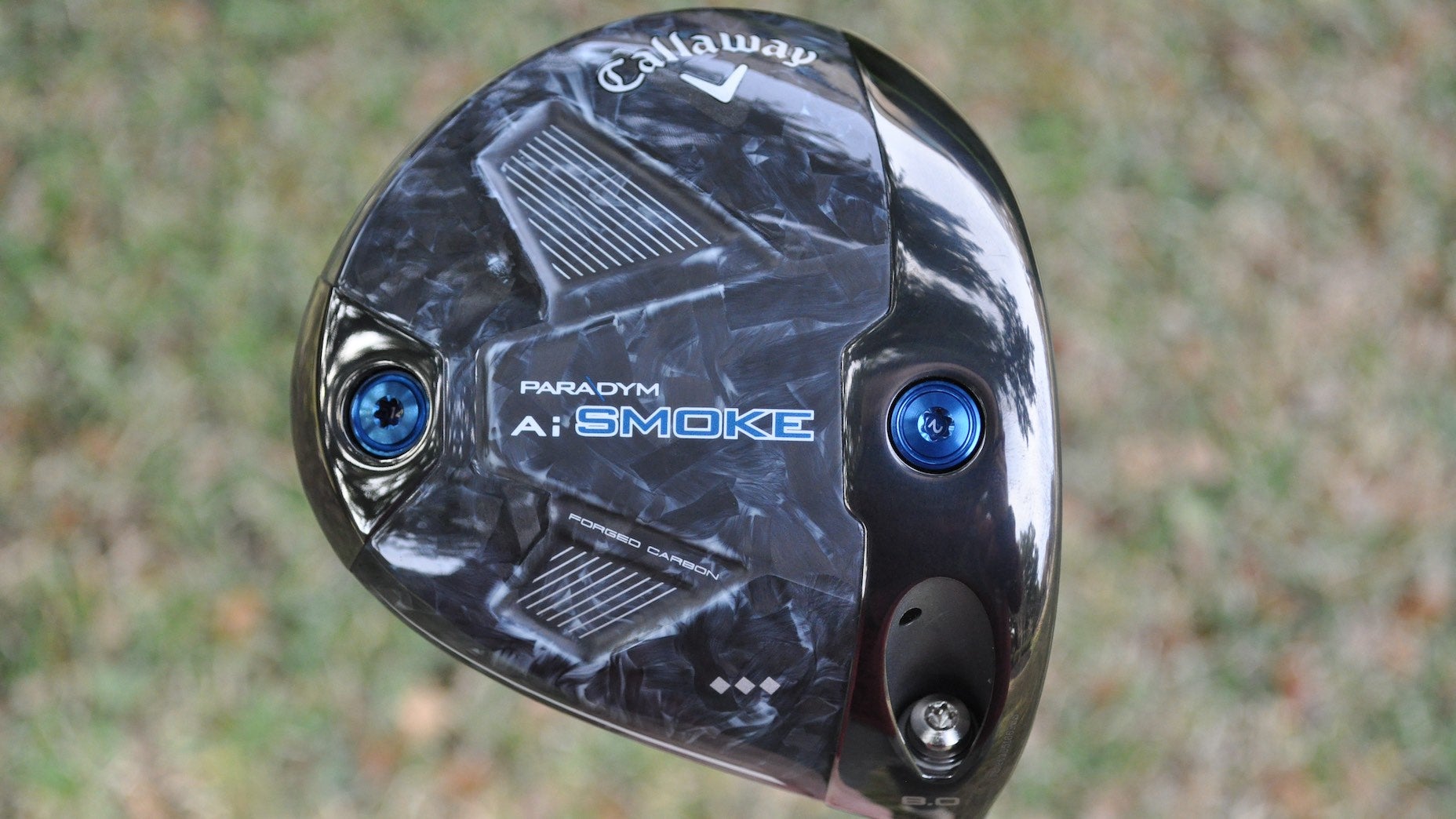Fully Equipped mailbag: How do your writers test golf clubs?

Each club goes through a thorough testing process before we offer insights.
GOLF
Welcome to another edition of the Fully Equipped mailbag, sponsored by Cleveland/Srixon Golf, an interactive GOLF.com series in which we field your hard-hitting gear questions.
How do your equipment writers test golf equipment? And isn’t pretty much everything new considered “good” these days? — Joe R., New York
Do you really think we’re going to share our secrets, Joe? Toss out or special sauce for all to know? Just kidding with you. In actuality, club testing isn’t much of a mystery and we don’t hide behind any secrecy that isn’t already widely publicized and or available for anyone to mimic.
The fact is, we’ve tested gear in a multitude of ways. We’ve had volunteer testers contribute and lend their feedback across multiple skill sets. We’ve also gone out and tried gear ourselves, spending countless hours on practice tees, bunkers and greens. We’ve used robots, fitting tools, and even had fitting vans and instructors lend a hand in testing, too.
To answer your question more specifically, we’ve jotted down some key points relative to our club testing that we think you ought to know. Some of the below may dispel some myths or rumors you may have thought or heard about how we do what we do. With that, let’s dig in.
We test the same stuff you can buy
You may think we get special issue gear that’s been customized in some way to skew the numbers and help clubs perform better for us than they will for the general public, but that’s completely untrue. We try the same stuff you’ll find at your local golf shop or from your favorite online retailer. On some occasions, we may test custom-fit gear or customized gear, and when we do, we’ll always make a point to let you know.
XXIO 12 Driver
We use humans and robots
Robot testing is great, and we glean a ton of information about how a club performs from robotic impact. It’s also a blast to watch and see. But unfortunately, with a robot, we can’t judge how a club looks and feels and how it performs in the hands of different types of players.
So, for that, we use real golfers to deliver feedback. We think both humans and robots have their place in testing and ultimately, we strongly believe that when you combine the results we get from human testing (at practice centers as well as on-course testing) with that of robot test results, the sum is far greater than its parts.
We take everything into account and say what we mean and mean what we say as a result of our club tests using human data at the forefront, which we then support with robot testing.
We go outside our comfort zones
When it comes to human testing, it’s easy to fall into our comfort zone and only test gear we feel like we’d put in our own bags. Meaning, some of us may prefer the look and feel of forged blades, but that doesn’t mean we aren’t open to trying a multi-material cavity-back. We try to test every club as a standalone test without pitting it against any club we are “used to” or familiar with.
We look at good and bad results
You may think we’re only logging data on the good results we see, but fact is, what we think makes a club great might not always be how good the great shots are, but rather how penal the bad shots are. And we get it—user error is most definitely a thing when it comes to how well clubs perform during the golf swing, and we factor in having good days and bad days as we test as well. Again, we look at everything—not just the good shots, but the ones we don’t like, too.
There is a tremendous amount of good products these days. But not everything is right for everyone.
You asked a second question above and here’s your answer. Yes, much of what we try from major equipment manufacturers is leaps and bounds better than the gear we tried as little as 10-15 years ago. Today’s technology in clubheads and shafts have generally made golf an easier sport to play (kind of), but it’s still critical you play the right clubs for your skill and swing. Fitting is more precise than it’s ever been, and modern shaft technology caters to more specific swing profiles, making it all the more important that no matter what club you decide to buy, you buy it with the right specifications for your game. A great driver for you might not be as great for me, and a certain hybrid may be better for me that’s not good for you. And so on.
The testing starts … now.
As you’re reading this, we’ve already started testing new gear set to drop in 2023. There are equipment embargo rules we have to abide by, and generally, we test in private locations out of respect to the equipment manufacturers and to you our valued readers.
So, be on the lookout! ClubTest 2023 is just around the corner…
Want to overhaul your bag for 2023? Find a fitting location near you at GOLF’s affiliate company True Spec Golf. For more on the latest gear news and information, check out our latest Fully Equipped podcast below.

